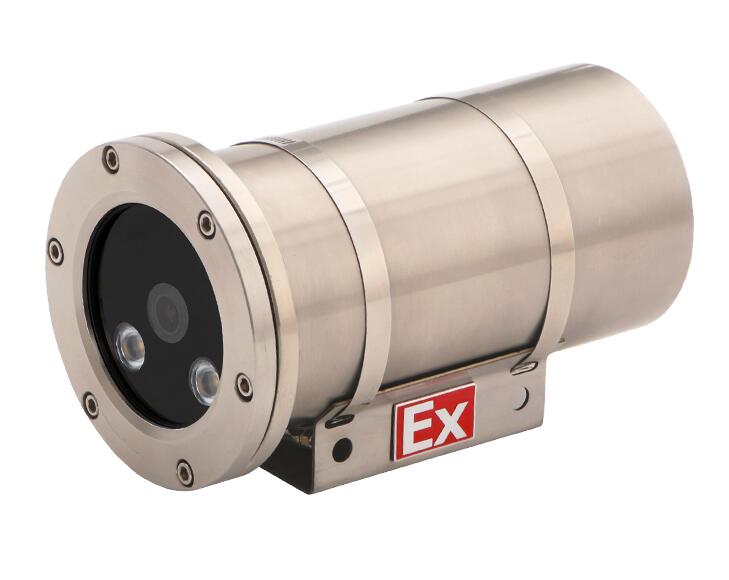The difference between dual light and full color cameras
Upload Time:
May 28, 2024

1. Dual light technology
Dual-light technology is to add two light sources, infrared light and white light, to the camera module. The infrared light is mainly responsible for the night vision function. When shooting at night, the infrared plus white light is used for shooting. The white light is mainly responsible for lighting, which is suitable for shooting in dim conditions. Or need to meet higher image quality requirements. Dual-light technology has certain advantages in night photography, and can achieve clearer night vision effects than full color. But the cost is higher than full color.
2. Full color technology
Full-color technology means that the camera module only uses white light as the light source, which is suitable for shooting during the day when there is sufficient light. Compared with dual-light technology, full-color technology has the advantages of lower cost, more realistic colors, and better image effects. However, when shooting at night, since there is no infrared light and only white light illumination, the picture will be blurry.
The functions are different.
Bi-light is two kinds of light, either full color or infrared. The biggest advantage of the dual-light camera is that it is more concealed when no one enters the surveillance area. As long as someone enters the monitored area, the warm light will automatically turn on, which not only has the concealment of the infrared camera, but also allows the person's face to be seen clearly. However, dual-light cameras also have shortcomings. They work well in small environments, but have no advantage over full-color cameras in large environments.
The biggest feature of full-color cameras is that they can achieve 24-hour color surveillance. Full-color cameras generally use F1.0 and F1.4 ultra-large aperture lenses, which are larger than starlight cameras. Only the light can reach the level of ordinary cameras. 2.56 times.
Color images can be presented even in low-light environments. If the environment is extremely low or even close to no light, the camera will automatically use a soft light with a color temperature of 3000k for fill light, which is gentle and non-glaring. Full-color dynamic images are captured in real time while being almost completely invisible to the human eye.
Realize 24-hour color monitoring screen at any time. The night is more colorful. The biggest advantage of the full-color camera is its powerful night vision effect. Even in extremely low illumination, no illumination, and unable to be seen clearly by the naked eye in a night environment, it can always present clear and colorful image monitoring effects.
Relevant News









